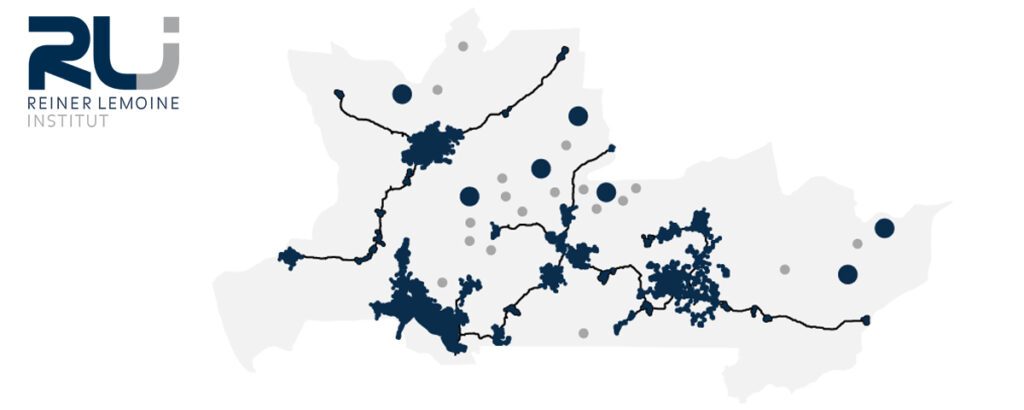Rural electrification modelling in the framework of the Nigerian Energy Support Programme (NESP)

Project description
Nigeria is the most populous country in Africa (189 million) with impressive geographic and ethnic diversity. At the same time, Nigeria currently has the highest absolute number of people of any country in Africa without access to electricity. For 2016 the International Energy Agency estimated an electrification rate of only 34 percent in the rural areas. One of the greatest challenges of the country is therefore to provide sustainable energy supply to people in rural, often remote areas.
Electrification plans for five Nigerian states were developed within project funded by EU and BMZ “Nigerian Energy Support Programme” (NESP). The different options – grid extension, mini-grids, and small-scale solutions for individual households, such as solar home systems – were modelled in detail using geographic information systems (GIS) and energy simulations. The electrification plans created thus are subdivided into three development phases, providing a structured road-map for the supply of remote regions.
RLI was assigned the task of electrification planning by the Deutsche Gesellschaft für Internationale Zusammenarbeit (GIZ), which advises the Nigerian government on energy infrastructure. The development of a basic supply of electricity was carried out with special regard for the best possible combination of sustainability and economic efficiency. The result is a spatial plan, divided into three phases, which has been visualized using an interactive web mapping tool.
Project duration 01.01.2015 – 30.09.2017
Tasks
- Definition von elektrifizierten und nicht-elektrifizierten Regionen
- Bedarfs- und Lastschätzung für die zu elektrifizierenden Regionen
- Modellierung der verschiedenen Optionen
- Netzerweiterung
- Mini-Grid
- Stand-Alone-Systemen
- Auswahl der kostengünstigsten Optionen unter Berücksichtigung der individuellen Bedürfnisse vor Ort (Least-Cost-Priorisierung)
- Entwicklung eines nach Phasen gegliederten Fahrplans für den Ausbau
- Visualisierung der Ergebnisse in einem online verfügbaren Web-Mapping-Tool



